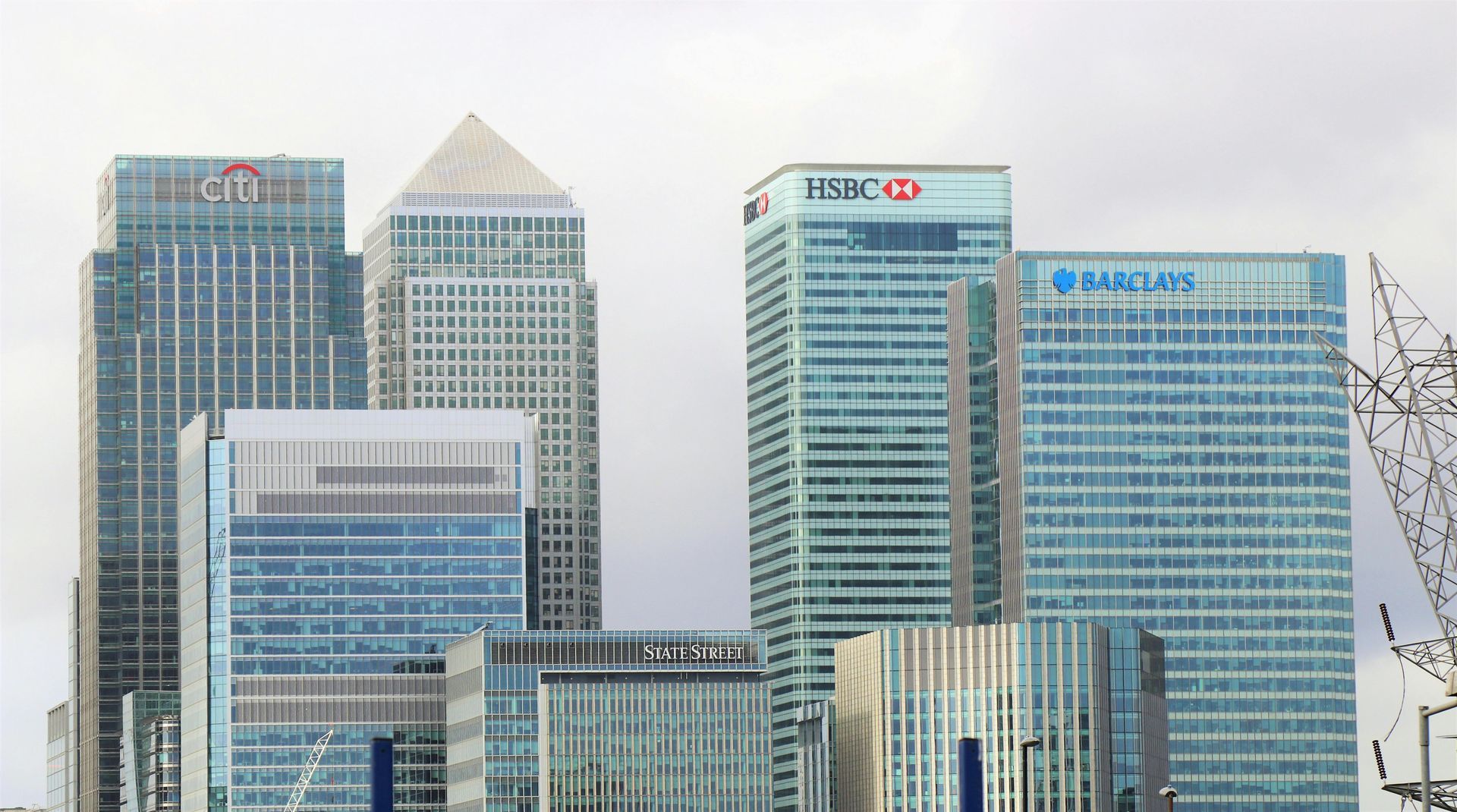
The current discourse revolves around the precarious situation where homeownership seems increasingly unattainable for the upcoming generation. Delving deeper into this issue and providing clarity is essential, so let’s explore the transformation in house affordability and its implications.
House Affordability: A Shift Over Time
The evolution of house affordability paints a stark picture. Census data reveals a substantial change in homeownership between 1971 and 2021. Individuals aged 30-34 owning their houses dropped from 68% to just under 50%, while those aged 35-39 witnessed a decrease from 70% to 59%. The startling fact is that these declines occurred within the same period!
Simultaneously, for those who managed to secure property, their situation differs vastly. House prices have almost quadrupled since the 1990s, defying economic downturns and political shifts, compared to the post-war period from 1960 onwards.
Understanding the Factors at Play
Supply and Demand Imbalance
Australia’s property market suffers from a substantial mismatch between supply and demand. This discrepancy fuels an upward trajectory in house prices, presenting challenges for future generations, particularly first home buyers. Estimates suggest a severe housing shortage of over 106K homes between 2023 and 2027, amplifying to a staggering 253K shortfall within four years when migration numbers are factored in.
Impact of Low Interest Rates
The era of historically low-interest rates significantly influenced the property market’s growth. Starting from 2019, interest rates below 1% became a reality, fostering an environment where cheap money fueled borrowing and property purchases. While this stimulated market competition and inflated property prices, other countries like the USA, Canada, UK, and NZ experienced similar interest rate trends but didn’t witness equivalent property price surges.
Location as a Crucial Factor
Australia faces challenges with well-located land, mainly in high-demand areas close to essential services, infrastructure, and employment hubs. The country’s population heavily clusters in its three major cities—Sydney, Melbourne, and Brisbane—unlike the UK and the USA, where the population spreads across numerous major cities.
Lack of Planning and Land Release
Insufficient land release exacerbates the problem, particularly in areas where new families prefer to build and customize homes. Slow new land releases and hindered medium to high-density developments by local governments and NIMBYs (Not In My Backyard) contribute to a housing shortage and inflate prices.
Immigration’s Impact on Demand
Immigration significantly impacts housing demand, with Australia historically relying on it for economic growth. A surge in international students and migrants in recent years has intensified demand, leading to a scarcity of rentals, increased rental costs, and subsequently higher property purchase prices.
Conclusion: A Holistic View
Australia’s housing crisis is a culmination of multifaceted issues—supply-demand dynamics, interest rate impacts, urban planning, and immigration. Fixing this housing problem requires a comprehensive approach that addresses societal choices, city development, infrastructure, and more.
This exploration aims to shed light on the complexities shaping Australia’s property market, emphasising the need for holistic solutions to ensure a sustainable housing ecosystem for future generations.
Your home remains a critical asset for your future. Understanding these market dynamics is key to navigating this landscape.
Here is a series of small 2min videos going into more depth about the subject.
share to










